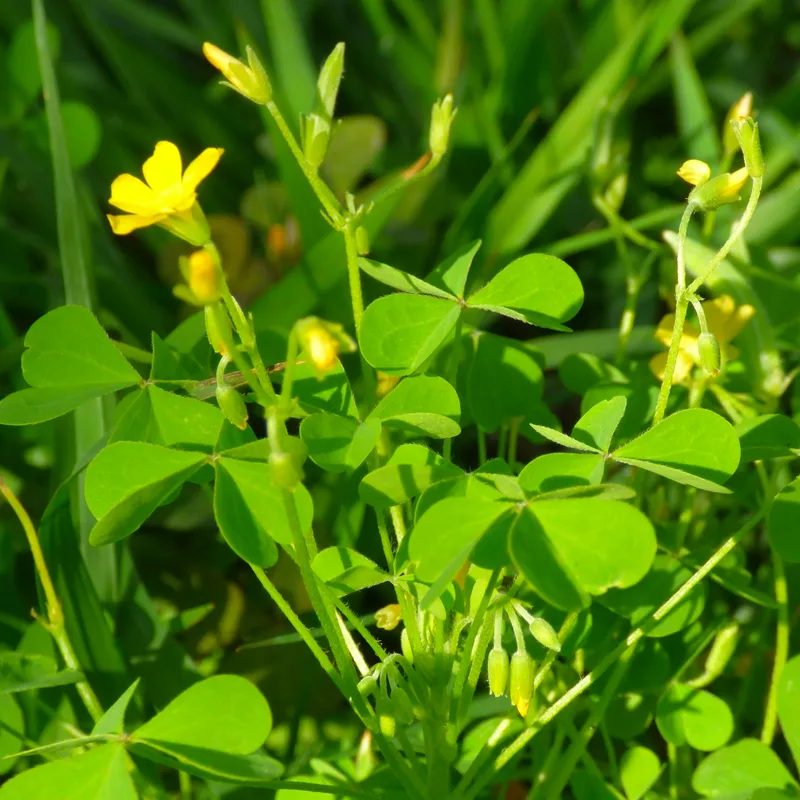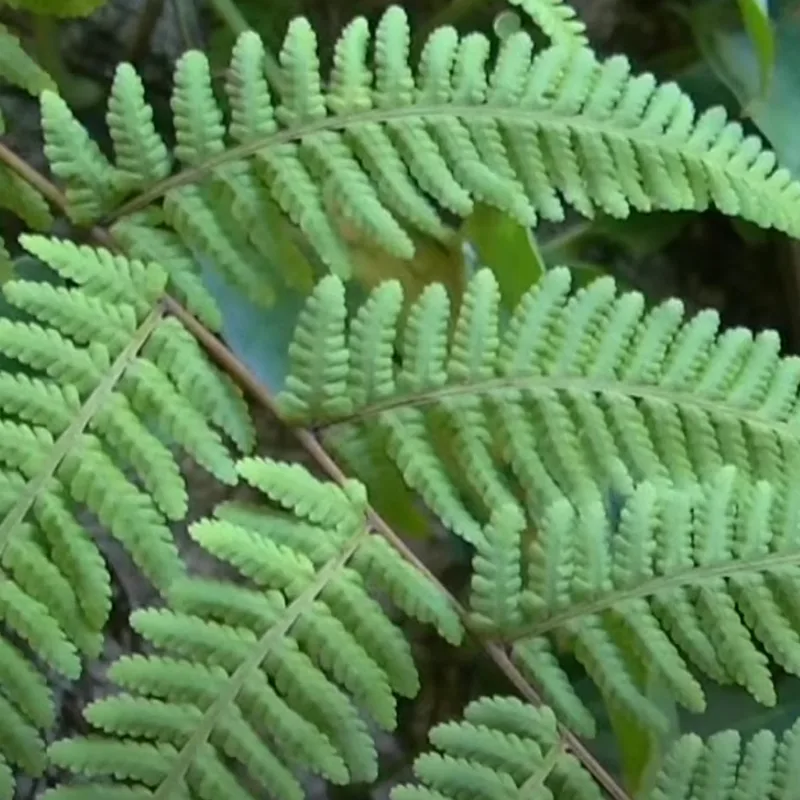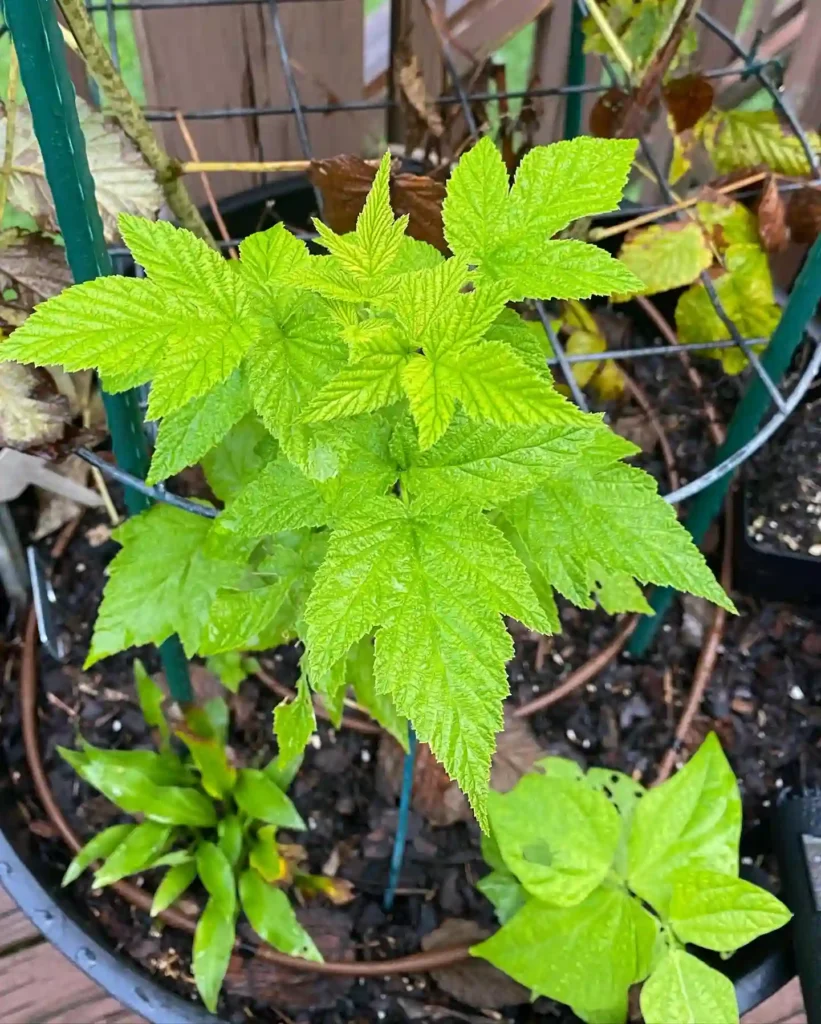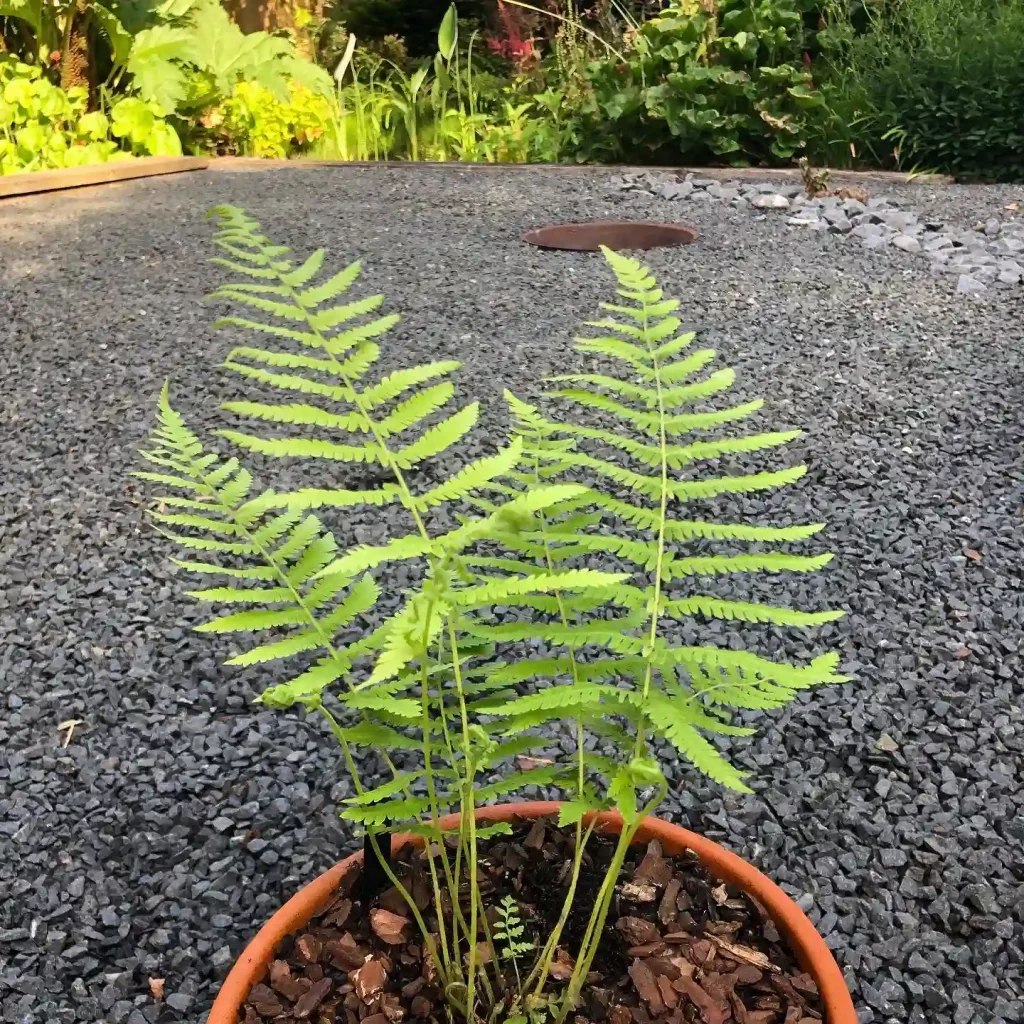Ephedraceae: A Fascinating Family of Ancient Plants
The Ephedraceae family, one of the most intriguing plant families I’ve explored, holds a unique place in the botanical world. This ancient lineage, which has survived since the Mesozoic era, is best known for its genera Ephedra, commonly referred to as Mormon tea, joint pine, or Ma Huang. In this article, I’ll delve into the characteristics, habitat, and medicinal uses of the Ephedra genus, while emphasizing its ecological and historical significance.
Understanding the Ephedraceae Family
Ephedraceae is a small family of gymnosperms, often compared to conifers because of their similarly tough and resilient nature. Unlike most gymnosperms, which are known for their large, woody trees, the Ephedraceae family primarily consists of small, shrub-like plants. These plants are often found in arid or semi-arid regions, thriving in environments where few other species can survive.
The family is represented by a single genus, Ephedra, which comprises approximately 75 species. These species are distributed across various regions, including North and South America, Europe, Asia, and North Africa. Each species has adapted to its unique environment, showcasing the versatility and resilience of the Ephedraceae family.
The Unique Morphology of Ephedra
Ephedra species are instantly recognizable due to their distinct morphology. They typically have thin, green, jointed stems with reduced or absent leaves. This adaptation minimizes water loss, a crucial feature for survival in their native desert habitats. The stems of Ephedra contain chlorophyll, allowing them to perform photosynthesis in the absence of large leaves.
The plant’s reproductive structures are also unique. Ephedra species are dioecious, meaning they have separate male and female plants. The male plants produce pollen cones, while the female plants bear seed cones. These structures are typically small and inconspicuous, yet they play a vital role in the plant’s reproduction and survival.
A Diverse Genus
- Ephedra sinica: Perhaps the most well-known species, native to China and used in traditional Chinese medicine for centuries.
- Ephedra viridis: Commonly known as Mormon tea or green ephedra, this species is found in the southwestern United States and has been used by Native Americans for various medicinal and ceremonial purposes. Plant FAQs: Ephedra Viridis
- Ephedra distachya: Native to Europe and parts of Asia, this species has also been used medicinally and is sometimes referred to as “sea grape.”
- Ephedra equisetina: This species, with its dense, horsetail-like growth, is often used ornamentally.
- Ephedra alata Decne.
- Ephedra altissima Desf.
- Ephedra americana Humb. & Bonpl. ex Willd.
- Ephedra antisyphilitica Berland. ex C.A.Mey.
- Ephedra aphylla Forssk.
- Ephedra × arenicola H.C.Cutler
- Ephedra aspera Engelm. ex S.Watson
- Ephedra aurantiaca Takht. & Pachom.
- Ephedra aurea Brullo, C.Brullo, Cambria, Ilardi, Siracusa & Giusso
- Ephedra boelckei F.A.Roig
- Ephedra botschantzevii Pachom.
- Ephedra breana Phil.
- Ephedra brevifoliata Ghahr.
- Ephedra californica S.Watson
- Ephedra chengiae Y.Yang & D.K.Ferguson
- Ephedra chilensis C.Presl
- Ephedra ciliata Fisch. & C.A.Mey.
- Ephedra compacta Rose
- Ephedra coryi E.L.Reed
- Ephedra cutleri Peebles
- Ephedra dahurica Turcz.
- Ephedra dawuensis Y.Yang
- Ephedra × eleutherolepis V.A.Nikitin
- Ephedra fasciculata A.Nelson
- Ephedra fedtschenkoae Paulsen
- Ephedra foeminea Forssk.
- Ephedra fragilis Desf.
- Ephedra frustillata Miers
- Ephedra funerea Coville & C.V.Morton
- Ephedra gerardiana Wall. ex Klotzsch & Garcke
- Ephedra glauca Regel
- Ephedra gracilis Phil. ex Stapf
- Ephedra holoptera Riedl
- Ephedra intermedia Schrenk & C.A.Mey.
- Ephedra kardangensis P.Sharma & P.L.Uniyal
- Ephedra laristanica Assadi
- Ephedra likiangensis Florin
- Ephedra lomatolepis Schrenk
- Ephedra milleri Freitag & Maier-St.
- Ephedra minuta Florin
- Ephedra monosperma J.G.Gmel. ex C.A.Mey.
- Ephedra multiflora Phil. ex Stapf
- Ephedra nebrodensis Tineo
- Ephedra nevadensis S.Watson
- Ephedra ochreata Miers
- Ephedra oxyphylla Riedl
- Ephedra pachyclada Boiss.
- Ephedra pedunculata Engelm. ex S.Watson
- Ephedra pentandra Pachom.
- Ephedra procera C.A.Mey.
- Ephedra przewalskii Stapf
- Ephedra pseudodistachya Pachom.
- Ephedra regeliana Florin
- Ephedra rhytidosperma Pachom.
- Ephedra rituensis Y.Yang, D.Z.Fu & G.H.Zhu
- Ephedra rupestris Benth.
- Ephedra sarcocarpa Aitch. & Hemsl.
- Ephedra saxatilis (Stapf) Royle ex Florin
- Ephedra somalensis Freitag & Maier-St.
- Ephedra stipitata J.Biswas & Rita Singh
- Ephedra strobilacea Bunge
- Ephedra strongylensis Brullo, C.Brullo, Cambria, Ilardi, Siracusa, Miniss. & Giuss
- Ephedra tilhoana Maire
- Ephedra torreyana S.Watson
- Ephedra transitoria Riedl
- Ephedra triandra Tul.
- Ephedra trifurca Torr. ex S.Watson
- Ephedra trifurcata Zöllner
- Ephedra tweedieana C.A.Mey.
- Ephedra vvedenskyi Pachom.
- Ephedra yangthangensis P.Sharma & Rita Singh
The Ecological Significance of Ephedra
The Ephedraceae family plays a critical role in its native ecosystems. These plants often serve as pioneer species in disturbed habitats, helping to stabilize soil and prevent erosion. Their deep root systems enable them to access water from deep underground, which is not only crucial for their survival but also benefits other plants and animals in their vicinity.
Additionally, Ephedra species are a food source for various wildlife. The seeds and stems are consumed by birds, rodents, and even some large herbivores. This interaction highlights the plant’s importance within its ecosystem, supporting a diverse range of species despite the harsh conditions of its habitat.
Medicinal Uses and Controversies
One of the most notable aspects of the Ephedra genus is its historical and modern use in traditional medicine. The plant contains alkaloids such as ephedrine and pseudoephedrine, which have been used for centuries to treat respiratory issues, allergies, and asthma. In Traditional Chinese Medicine, Ephedra (Ma Huang) is a key ingredient in formulations for treating colds and flu.
However, the medicinal use of Ephedra has not been without controversy. In the early 2000s, dietary supplements containing ephedrine became popular for their stimulant and weight loss effects. Unfortunately, misuse and overuse of these products led to serious health risks, including increased heart rate, hypertension, and even heart attacks. This led to the banning of ephedrine-containing supplements in several countries, including the United States.
Conservation and Sustainable Use
Despite its widespread distribution, several Ephedra species are threatened by habitat loss and overharvesting. In some regions, the demand for Ephedra in traditional medicine and its illegal use in performance-enhancing drugs have put significant pressure on wild populations. Conservation efforts are crucial to ensure the sustainable use of these plants.
I believe it’s essential to strike a balance between the medicinal benefits and the ecological importance of Ephedra. Cultivating these plants in controlled environments could be a viable solution to reduce pressure on wild populations while still meeting the demand for their therapeutic properties.
The Future of Ephedraceae
As I continue to explore and study the fascinating world of plants, the Ephedraceae family remains a topic of great interest. Its unique adaptations, ecological significance, and complex history with human use make it a compelling subject for further research. I am particularly curious about the potential applications of Ephedra species in sustainable agriculture and medicine, areas where their resilience and medicinal properties could be beneficial.
In conclusion, the Ephedraceae family, represented by the versatile Ephedra genus, is a remarkable example of nature’s adaptability and resilience. From its ancient origins to its modern applications, this plant family continues to captivate botanists, ecologists, and herbalists alike. As we move forward, it’s crucial to ensure that our appreciation and use of these plants are matched by efforts to protect and conserve them for future generations.
If i die, water my plants!



